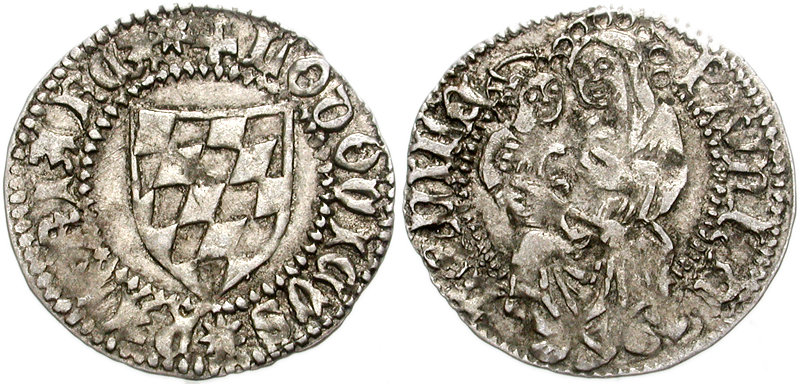Soldo on:
[Wikipedia]
[Google]
[Amazon]
 The soldo was an Italian silver coin, issued for the first time in the late 12th century at
The soldo was an Italian silver coin, issued for the first time in the late 12th century at
 The soldo was an Italian silver coin, issued for the first time in the late 12th century at
The soldo was an Italian silver coin, issued for the first time in the late 12th century at Milan
Milan ( , , ; ) is a city in northern Italy, regional capital of Lombardy, the largest city in Italy by urban area and the List of cities in Italy, second-most-populous city proper in Italy after Rome. The city proper has a population of nea ...
by Emperor Henry VI. The name derives from the late Roman coin '' solidus''.
History
It quickly became widespread in Italy, where it was coined inGenoa
Genoa ( ; ; ) is a city in and the capital of the Italian region of Liguria, and the sixth-largest city in Italy. As of 2025, 563,947 people live within the city's administrative limits. While its metropolitan city has 818,651 inhabitan ...
, Bologna
Bologna ( , , ; ; ) is the capital and largest city of the Emilia-Romagna region in northern Italy. It is the List of cities in Italy, seventh most populous city in Italy, with about 400,000 inhabitants and 150 different nationalities. Its M ...
, and numerous other cities. In Venice
Venice ( ; ; , formerly ) is a city in northeastern Italy and the capital of the Veneto Regions of Italy, region. It is built on a group of 118 islands that are separated by expanses of open water and by canals; portions of the city are li ...
, the soldo was minted from the reign of Francesco Dandolo onward, remaining in use also after the republic's dissolution in 1797 and during the Austrian occupation, until 1862. In the 14th century Florence
Florence ( ; ) is the capital city of the Italy, Italian region of Tuscany. It is also the most populated city in Tuscany, with 362,353 inhabitants, and 989,460 in Metropolitan City of Florence, its metropolitan province as of 2025.
Florence ...
, a ''soldo'' equaled of a ''lira
Lira is the name of several currency units. It is the current Turkish lira, currency of Turkey and also the local name of the Lebanese pound, currencies of Lebanon and of Syrian pound, Syria. It is also the name of several former currencies, ...
'' and 12 '' denari''.
As time passed, the ''soldo'' started to be coined in billon and, from the 18th century, in copper
Copper is a chemical element; it has symbol Cu (from Latin ) and atomic number 29. It is a soft, malleable, and ductile metal with very high thermal and electrical conductivity. A freshly exposed surface of pure copper has a pinkish-orang ...
. During the reign of Leopoldo II of Tuscany (19th century), it was worth three '' quattrini''. The Napoleonic reformation of Italian coinage (early 19th century) made it worth 5 '' centesimi'', while 20 ''soldi'' were needed to form a ''lira''.
The term, used in medieval times to designate the pay of soldiers, became its synonym in both Italian and German (as ''Sold'').
See also
* History of coins in ItalyReferences
External links
* {{Portal bar, Money, Numismatics 12th-century establishments in the Holy Roman Empire Coinage of the Republic of Venice Coins of Italy Obsolete Italian currencies Silver coins Henry VI, Holy Roman Emperor